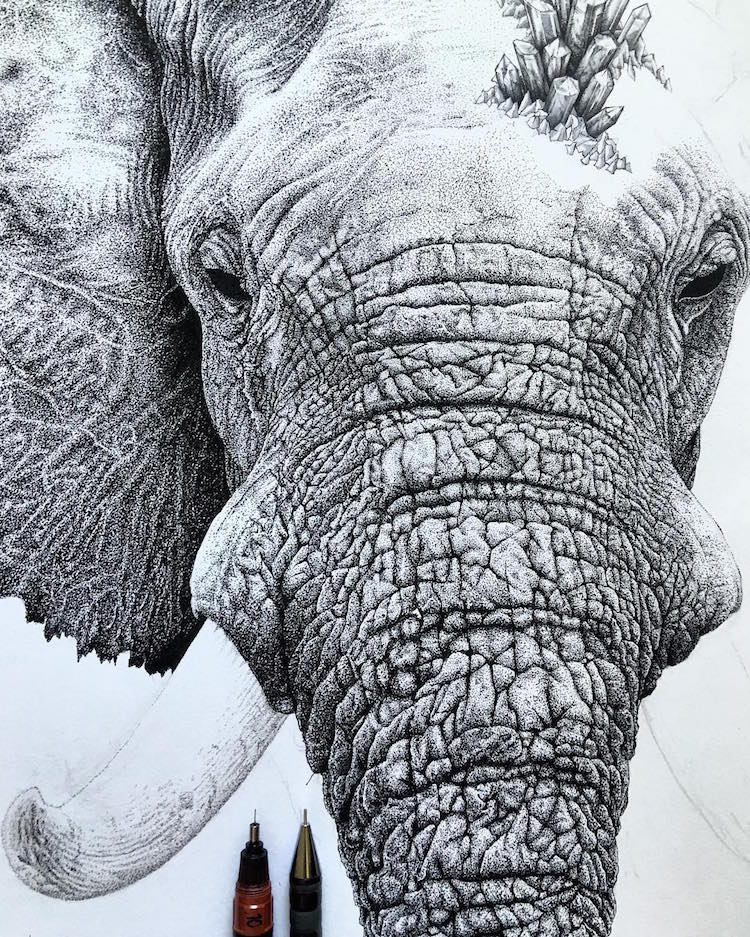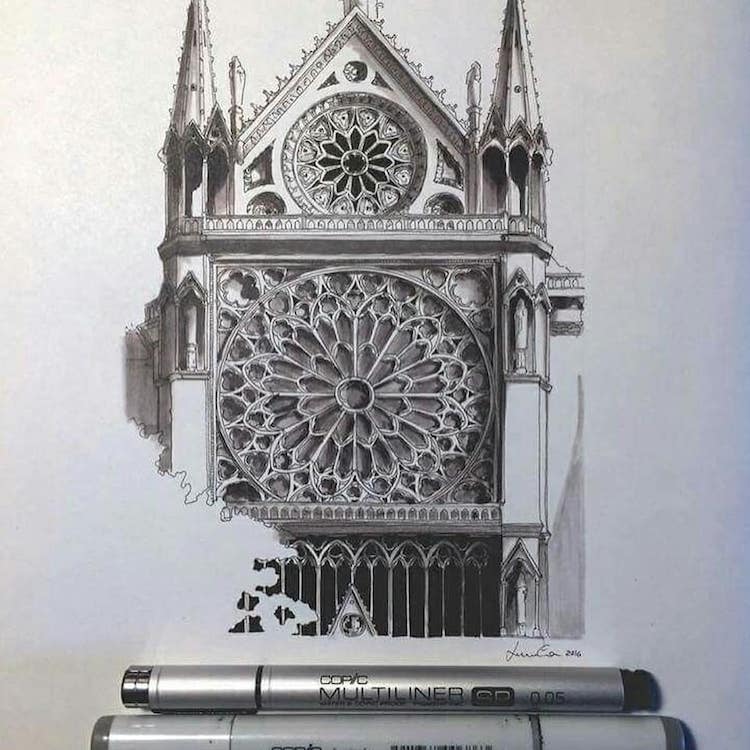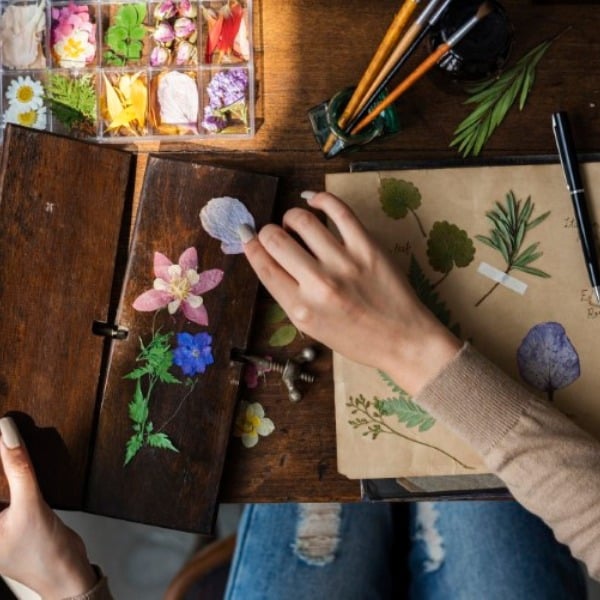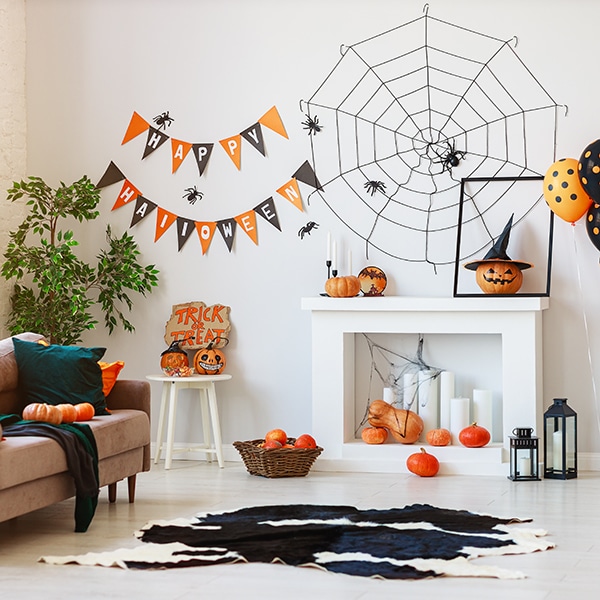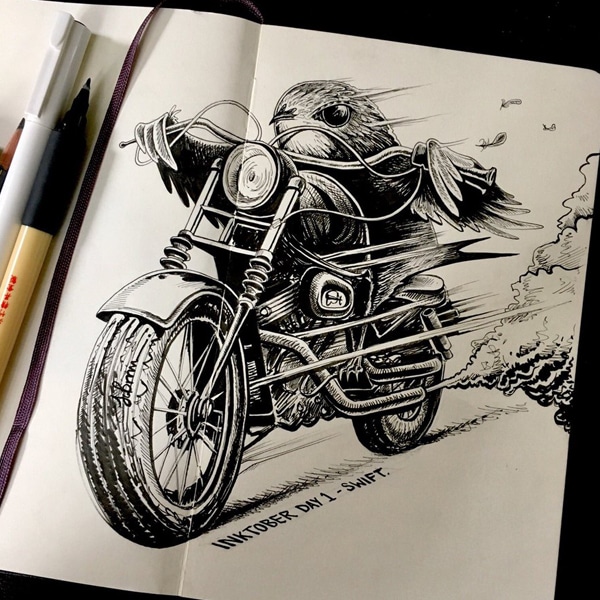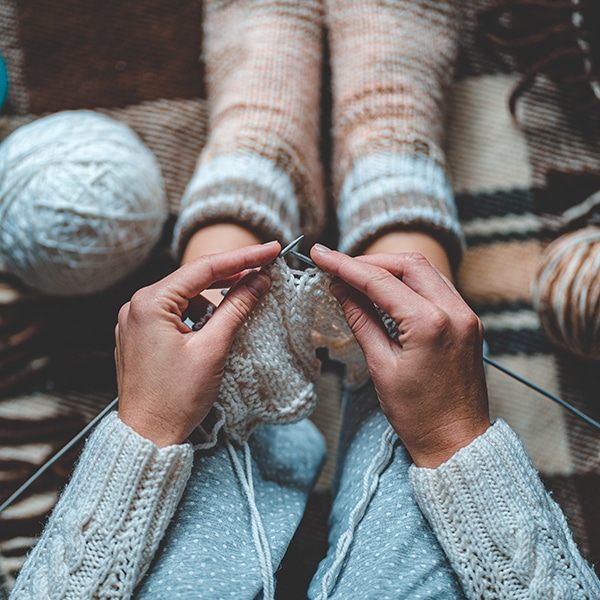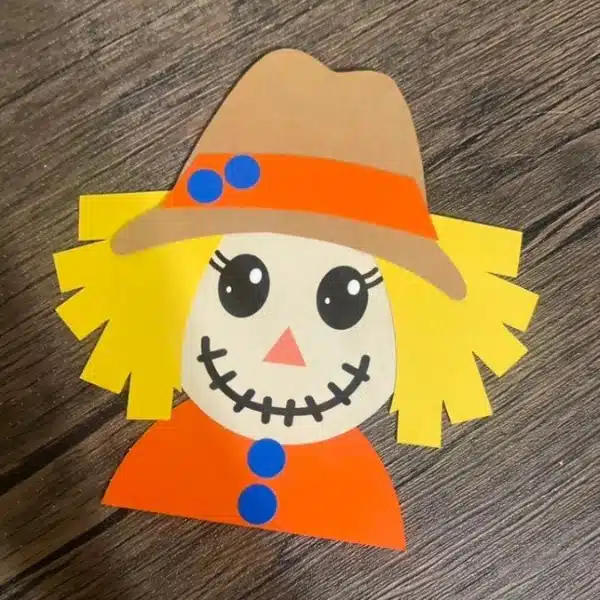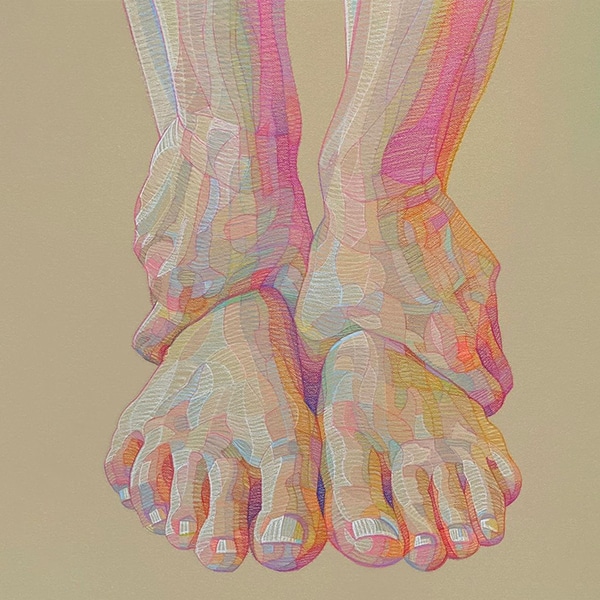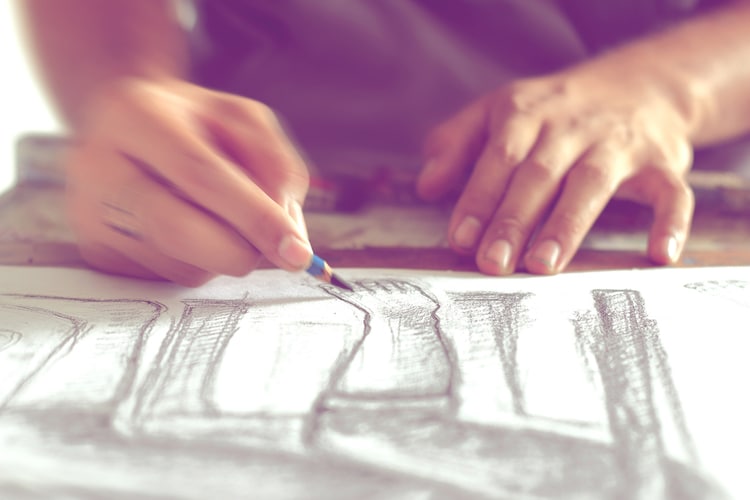
Photo: Stock Photos from thanasus/Shutterstock
Drawing is the foundation of so many creative practices, from architects to fashion designers to animators and artists. Using a piece of paper and a pen or pencil, the opportunities for self-expression are endless. And by using different drawing techniques, it's incredible to see just how many different ways there are to sketch.
There are innumerable drawing styles to be studied and explored, each one conveying a different final product. Naturally, different types of illustration call upon different skills from the artist. Some are quite detailed and meticulous, requiring a lot of patience, while others work well when the artist is able to be loose and free with their strokes.
The most skilled illustrators don't stick to just one type of drawing but experiment freely in order to stretch their skills. Of course, they may specialize in one particular way of sketching, but by being flexible with their work they are able to test different drawing styles and bring those lessons back to their main work. For instance, Leonardo da Vinci may be known for the Mona Lisa, but he was also known to fill hundreds of notebooks with refined finished sketches and spontaneous doodles.
As you look to carve out your own personal style, consider playing with these different types of drawing in order to understand the positive impact they'll have on your creative growth.
Different Types of Drawing Styles
Line Drawing
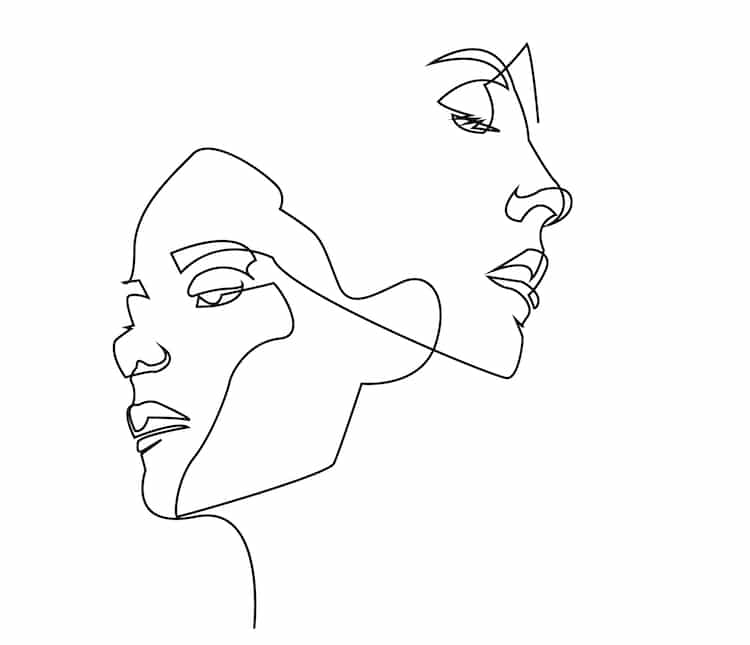
Stock Photos from DODOMO/Shutterstock
While lines form the basis of all drawing styles, line drawings use contours without shading to create memorable sketches. If you really want to exercise your drawing skills, try continuous line drawing. In this exercise, the pen or pencil never leaves the sheet of paper, so the end result is formed from one single line.
Doodling
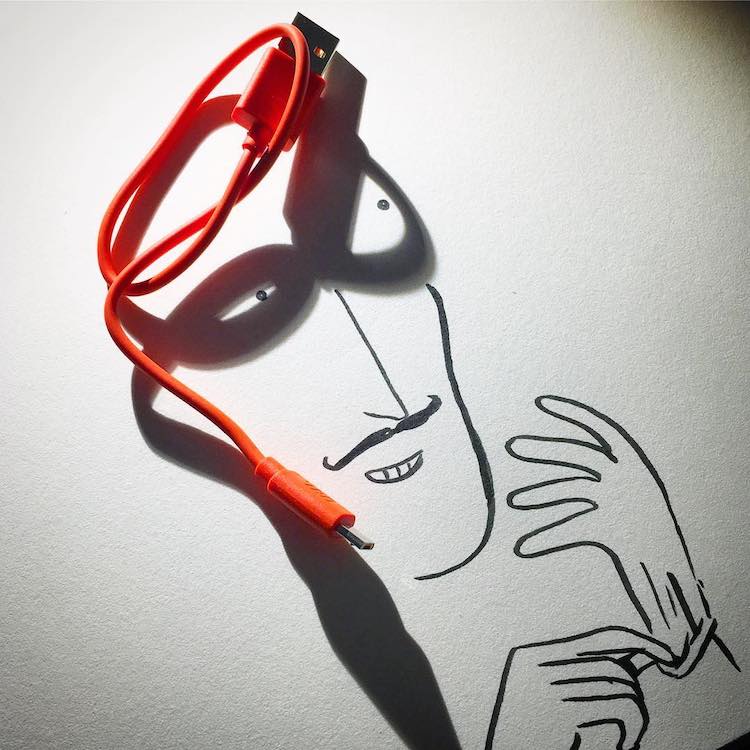
READ MORE: Artist Turns Random Shadows of Everyday Objects Into Playful Doodles of Whimsical Figures
While we may think of doodling as a mindless past time, this type of drawing is a wonderful way to let your subconscious mind flow. Great artists like Leonardo da Vinci are known for their doodles, which populate the margins of his notebooks. Illustrator Vincent Bal plays with the shadows and shapes he finds in everyday like and transforms them into whimsical works of art with his doodles. Meant to be executed quickly and with simple, clear lines, doodles are wonderful, immediate impressions of the world in front of us.
Cartoon

Stock Photos from Gil C/Shutterstock
Cartoons have a long history, dating back to print magazines in the 19th century when they were used as satirical and comical illustrations. Cartoon illustration is a large category, having evolved over time. Some different cartoon styles include caricature, anime or manga, and classic Disney. Playing with cartoon drawings means liberating yourself from hyperrealistic representations, while still attempting to capture the essence of a figure in a semi-realistic manner.
Pointillism
While we often associate pointillism with the post-Impressionist paintings of Georges Seurat, it's a technique and style that also works well for drawing. By stippling hundreds, or even thousands, of tiny dots, artists are able to build up light and shadow. The results can often be shockingly realistic, with viewers only realizing that dots—not lines—were used when looking at the finished artwork closely.
Photorealism / Hyperrealism
View this post on Instagram
For artists working in a photorealistic or hyperrealistic drawing style, patience is key. Hundreds of hours can be passed in front of any artwork in order to polish to a level where it looks like a photograph. While portraiture is a popular subject for hyperrealist drawings, you don't need to limit yourself. For instance, artist Cj Hendry uses colored pencil to draw colorful blobs on paint that look so real, you'll want to dip your paintbrush in them.
Architectural
This type of drawing can be extremely technical, but no less artistic. While architectural drawing is a skill often honed in the design world, non-architects are still able to create stunning artwork. Whether drawing an exact replica of a historical building like Notre Dame or creating your own fantasy piece of architecture, precision, attention to detail, and an understanding of perspective drawing are necessary.
Anamorphic
View this post on Instagram
Another technical style, 3D drawings require mastery of perspective to create depth and illusion. While it may take some practice to get the hang of, the results are stunning and surprising works of art that will delight viewers. Sometimes called anamorphic drawing, there are lots of great YouTube drawing tutorials that can help beginners get the hang of this style.
Fashion
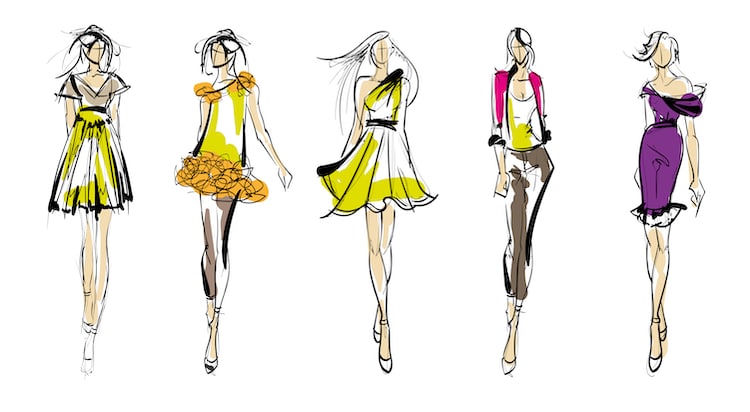
Stock Photos from Doctor Black/Shutterstock
Used by designers to get their ideas down on paper, fashion illustration often calls for quick, gestural drawings that convey the essence of a garment. These works typically feature long, elongated figure drawing to mimic the height of models and, as the focus is on the clothes, not the face, facial features are often lacking or minimal. Within fashion illustration itself, there are many different styles, some rougher and others more polished.
Common Art Media Used in Drawing
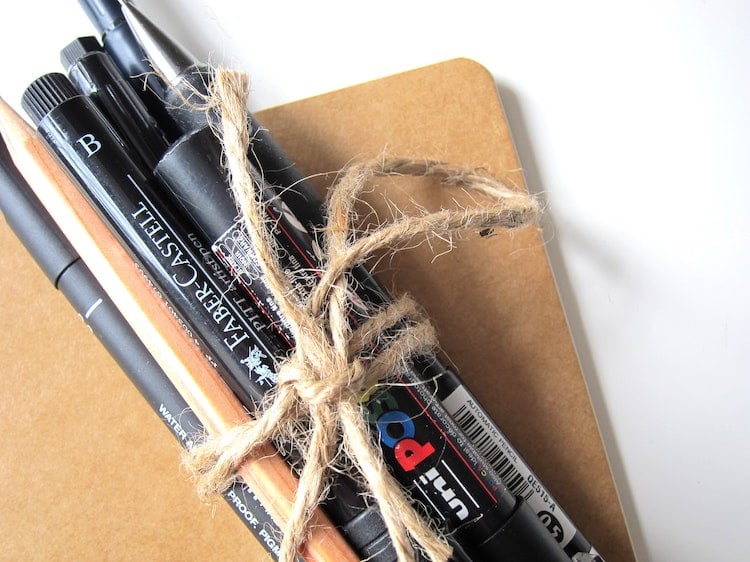
Photo: @helloimnik
Media is an important component of any drawing style. Having the right mediums will partially dictate what you can—and cannot—do in a work of art. Architectural sketching, for instance, would be very challenging with vine charcoal and easier to create with a precision drawing pen.
Here are some of the common media used in the drawing styles we've discussed. If you've never used a particular material before, it can be a challenge to know where to start. Don't worry; we've got you covered with our comprehensive guides to media of all kinds that include information on what to look for and the most-loved brands.
Pencil — Pencil drawing is one of the essential supplies of an artist. Here are the best drawing pencils for professionals and beginners who love to sketch. It includes tips on how to select the graphite pencil that's right for you.
Markers — Breathe vivid color into your illustrations with art markers. Coming in sets of 12, 18, or even 60 pens, they offer a variety of hues at your disposal. Check out the best art marker sets for coloring enthusiasts and watercolor markers that mimic the carefree fluidity of paint.
Pastels — Like markers, pastel offers a quick and satisfying way to imbue your work with color. Learn about pastels, which are crayons made of powdered pigment that is mixed with a binder of either gum, clay, or resin. They come in multiple varieties: soft (sometimes referred to as “chalk”) and oil pastels.
Pens — Like the humble pencil, pens are something you'll find in most artists' supply stash. There's more to pens than your typical ballpoint; some are made for fine linework while others excel in cartooning. Get acquainted with a variety of drawing pens and figure out what's best for you.
How-to-Draw Tutorials
Humans
- Build Your Drawing Foundation When You Learn How to Draw a Skull
- Learn How to Draw Human Hands with This “Handy” Step by Step Guide
- How to Draw Different Kinds of Hair: Short, Long, Straight, Wavy, and Curly
- Learn How to Draw Three Different Types of Braids: Three-Strand, French, and Fishtail
Animals
- Learn How to Draw Your Favorite Feline Purrfectly in Two Different Ways
- Learn How to Draw a Sloth Hanging on a Branch in 9 Steps
- Learn How to Draw a Lion in 7 Easy Steps
- Learn How to Draw Feathers with This Step-By-Step Guide
Nature
- Learn How to Draw Thousands of Flowers Using the Same Simple Technique
- Learn How to Draw Water in 6 Different Ways
- Learn How to Draw a Roaring Fire Illustration Step by Step
- Learn How to Draw a Realistic Saguaro Cactus in 14 Steps
This article has been edited and updated.
Related Articles:
Learn to Draw Anything with These Handy Online Resources and Books
Talented Artists Share Their Favorite Tips for Improving Your Drawing Skills
7 Fun Drawing Games That Challenge You to Flex Your Creativity Muscles
Best Drawing Pencils for Professionals and Beginners Who Love to Sketch
